PVC power sheath pipe
product description
The buried high-voltage power cable CPVC casing is made of polyvinyl chloride ( CPVC ) resin as the main material, with necessary processing aids added , and extruded. This improved power sheath pipe with specific special physical properties is mainly suitable for the laying of power cables, playing a guiding and protective role. It can usually remain unchanged in high temperature environments above 93 °C underground, and can withstand the high temperature generated by overload and short circuit of high-voltage power cables above 30,000 volts. It has the characteristics of good flexibility, high temperature resistance, not easy to break and aging, long service life, no radioactive pollution, light weight, etc. It adopts flared socket connection, convenient installation and construction, and low engineering cost.
.jpg)
- Material properties
CPVC power pipes are made of CPVC resin with excellent heat resistance and insulation properties as the main material. CPVC products are currently recognized as green and environmentally friendly products, and their excellent physical and chemical properties are receiving more and more attention from the industry.
The cpvc power pipe is a hard, straight solid-wall pipe with smooth inner and outer walls. It is orange-red in color, bright and eye-catching.
- Heat resistance
The heat resistance temperature of cpvc power pipe is 15 ℃ higher than that of ordinary UPVC double-wall corrugated pipe , and the Vicat softening temperature is above 93 ℃. The pipe remains unchanged in high temperature environment and has sufficient strength.
- Insulation performance
cpvc power pipes can withstand high voltages of more than 30,000 volts.
- Compression resistance
After material modification, the cpvc power pipe has a ring stiffness of 1Okpa , which is significantly higher than the national regulations that the ring stiffness of buried plastic pipes should be above 8kpa .
- High impact strength
The cpvc power pipe can withstand the impact of a 1kg hammer and a height of 2m at a temperature of 0 °C , which fully reflects that the low-temperature impact performance of the material is fully applicable to the requirements of construction environment conditions.
- Flame retardant properties
Both PVC and CPVC materials have good flame retardant properties and can be extinguished immediately when away from fire. In particular , CPVC materials have significantly higher flame retardancy and smoke density index because their chlorine content is significantly higher than PVC .
- Installation performance
cpvc power pipes are light in weight, high in strength, and have simple construction and laying methods. They can be excavated and buried at night, and the road surface can be backfilled, so that traffic can continue as usual during the day. They use elastic sealing rubber ring socket connection, which is convenient and quick to install and connect, with good connection sealing performance, which can prevent groundwater leakage and effectively protect the safety of power cables.
- Long service life
cpvc power pipe materials are corrosion-resistant and aging-resistant, and have a service life of more than 50 years.
cpvc buried high voltage power cable pipe performance technical indicators
| Serial number | project | Performance |
| 1 | Implementation Standards | QB/T 2479-2000 |
| 2 | Exterior | The inner and outer walls of the product should be smooth and flat, without bubbles, cracks, obvious marks, depressions, or decomposition discoloration lines. The color is orange-red. |
| 3 | Vicat softening temperature ℃ | ≥ 93 |
| 4 | Volume resistivity ( Ω· cm) | ≥ 1.0*10 to the 13th power |
| 5 | Ring hot compression force ( KN ) (wall thickness ≤ 7.0mm) | ≥ 0.70 |
| 6 | Ring hot compression force ( KN ) (wall thickness ≥ 8.5mm) | ≥ 1.26 |
| 7 | Flame retardant properties | FV- 0 grade |
| 8 | Friction coefficient | ≤ 0.35 |
| 9 | Curvature( % ) | ≤ 1.0 |
| 10 | Drop weight impact test | 9/10 Passed |
| 11 | Density ( kg/m3) | 1350~1500 |
| 12 | Oxygen Index % | ≥ 40 |
| 13 | Pass overload test | The pipe deformation is less than 2.5% |
| 14 | Longitudinal shrinkage rate ≤ | 5% |
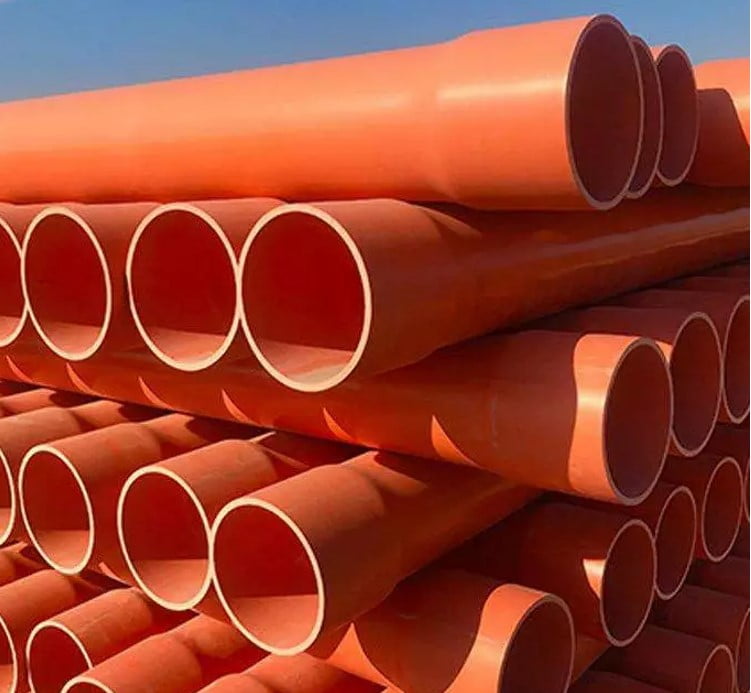
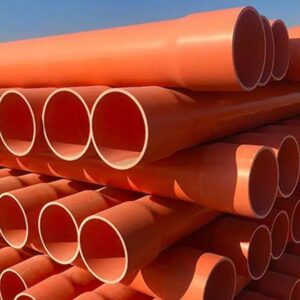
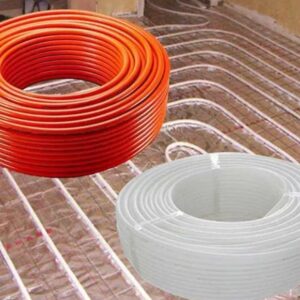
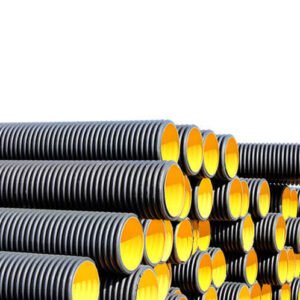
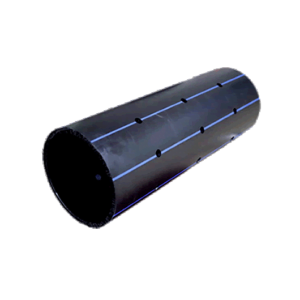
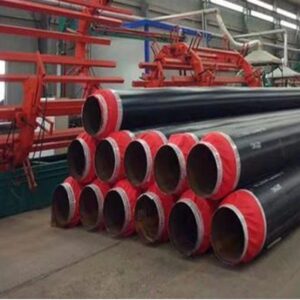
Reviews
There are no reviews yet.